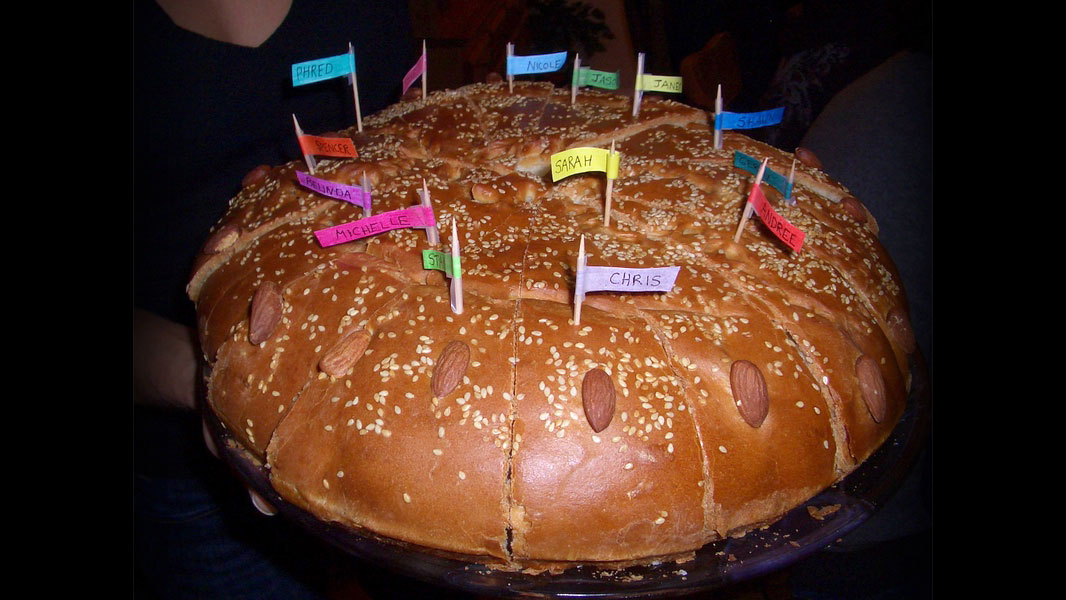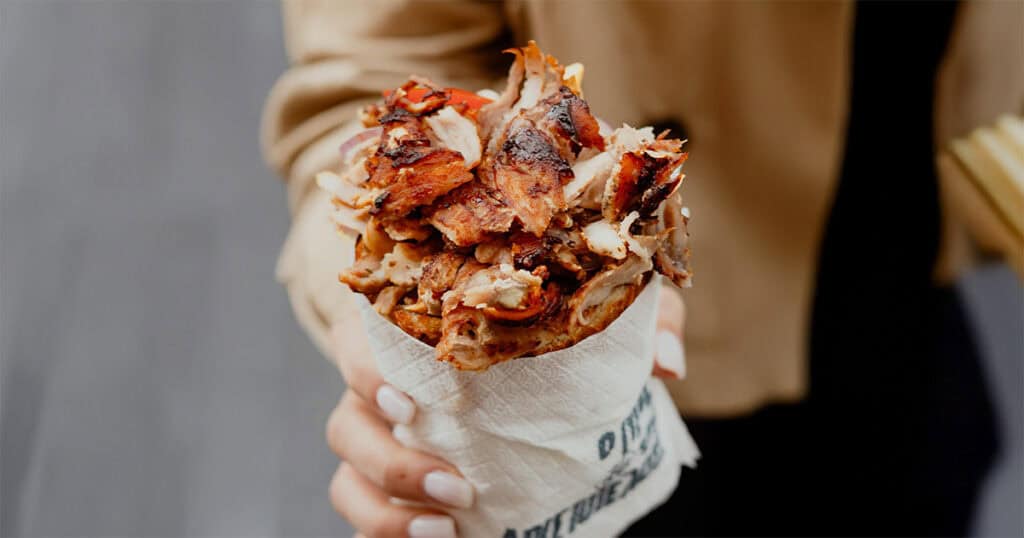The holidays are in full swing, which means family dinners, lot’s of wine, wrapping presents and logically carbohydrate overload. potatoes, pastas, and so many side dishes.
Over at Kuzina by Sofia, we are starting to realize why so many people need the gym once January 1 rolls around. Since it’s not the New Year yet, we wanted to let you in on some of the best bread you’ll ever have, and it brings good fortune to those who eat it.
One of the oldest traditions in the world is from our home in Greece, a special bread called vasilopita, which means Saint Basil’s Bread.
Vasilopita has it’s origins from the celebrations in Greece, and the beauty of this bread, is that generations and cultures for decades have adapted the tradition, everywhere from Bulgaria, all the way to Louisiana.
Traditionally, the bread is shared with family and friends on New Years Day, and it signifies blessings for your family and friends that brings good luck in the new year. A coin is hidden in the bread by slipping it into the dough before baking. At midnight the sign of the cross is etched with a knife across the bread. A piece of bread is sliced for each member of the family and any visitors present at the time, by order of age from eldest to youngest. Slices are also cut for various symbolic people or groups, depending on local and family traditions. They may include the religious figures, St. Basil and other saints, the poor, the household, or the kalikantzaroi which is a greek goblin . In older times, the coin often was a valuable one, such as a gold sovereign. In modern cultures there is often a prearranged gift, money, or otherwise, to be given to the coin recipient. Many private and public institutions, such as societies, clubs, workplaces, companies, etc., cut their vasilopita at a convenient time between New Year’s Day and the beginning of the Great Lent, in celebrations that range from impromptu potluck gatherings to formal receptions or balls.
Saint Basil’s Feast Day is observed on January 1, the beginning of the New Year and the Epiphany season known as the Vasilopita Observance.
This article originally appeared at Kouzina by Sofia’s Blog.








